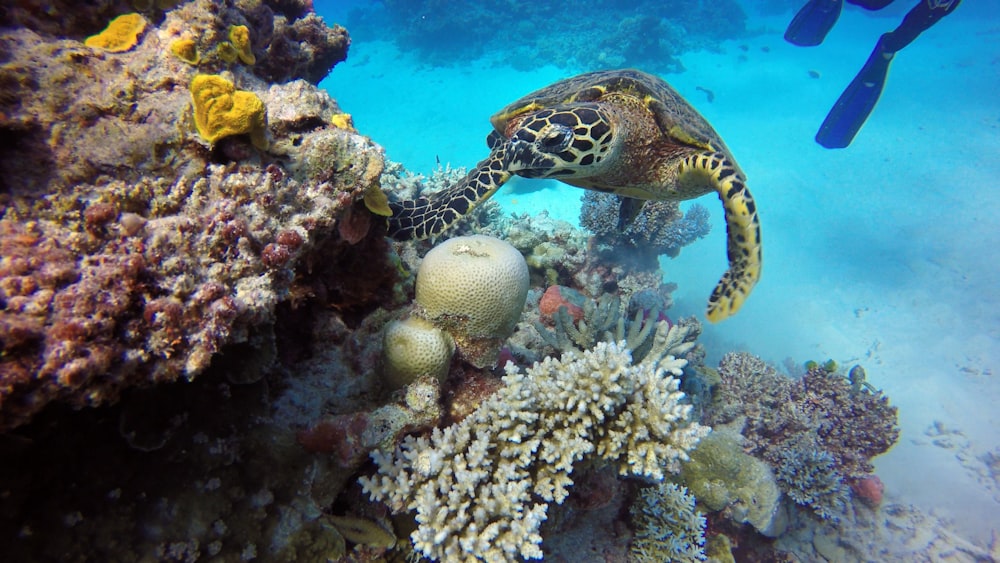Beneath the surface of the crystal-clear waters of the Coral Sea lies a natural marvel that captivates the imagination and stands as a testament to the incredible diversity of life on Earth—the Great Barrier Reef. In this blog post, we delve into the depths of the ocean to explore the wonders of the largest living structure on our planet.

A Natural Masterpiece: The Great Barrier Reef, located off the northeast coast of Australia, is not just a coral reef; it is a living masterpiece spanning over 2,300 kilometers (1,430 miles). Comprising thousands of individual reefs and islands, this underwater wonderland is visible even from space, showcasing the sheer magnitude of its existence.
Breathtaking Biodiversity: What truly sets the Great Barrier Reef apart is its unparalleled biodiversity. Home to an astonishing array of marine life, from vibrant coral formations to an abundance of fish species, the reef is a living kaleidoscope of colors and shapes. Divers and snorkelers are treated to an immersive experience, encountering everything from graceful sea turtles and playful dolphins to the majestic humpback whales during their migration.
Coral Wonderland: At the heart of the Great Barrier Reef’s magnificence is its coral formations. Comprising both hard and soft corals, the reef provides a habitat for countless marine organisms. The corals themselves are living organisms that create intricate structures, forming a delicate balance of life beneath the surface. The symbiotic relationship between the corals and the diverse marine life is a testament to the complexity and interconnectedness of the underwater ecosystem.
Challenges and Conservation Efforts: Despite its awe-inspiring beauty, the Great Barrier Reef faces numerous threats, including climate change, coral bleaching, pollution, and overfishing. Rising sea temperatures, in particular, pose a significant risk to the health of the coral, leading to widespread bleaching events. Conservation efforts are underway to protect and preserve this natural wonder, with initiatives focused on sustainable tourism, coral restoration, and global climate action.
World Heritage Status: Recognizing its ecological importance, the Great Barrier Reef was designated a UNESCO World Heritage Site in 1981. This prestigious status underscores the reef’s global significance and the need for international cooperation to ensure its long-term survival. Efforts to mitigate climate change, reduce pollution, and establish marine protected areas are crucial in safeguarding this natural treasure for future generations.
Visiting the Great Barrier Reef: For those seeking an unforgettable adventure, exploring the Great Barrier Reef is a bucket-list experience. Tour operators offer a range of activities, from snorkeling and scuba diving to scenic flights and boat tours, allowing visitors to witness the splendor of this living structure up close.
Conclusion: The Great Barrier Reef stands as a testament to the breathtaking beauty and resilience of our planet’s ecosystems. As the largest living structure on Earth, it beckons adventurers, researchers, and nature enthusiasts to discover the wonders that lie beneath the surface. By understanding, appreciating, and actively participating in conservation efforts, we can ensure that this natural marvel continues to thrive for generations to come.






